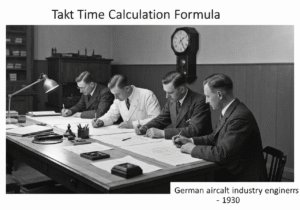The Hume-Rothery rules are a set of empirical guidelines that predict the extent to which an element can dissolve in a metal, forming a solid solution. For substantial substitutional solubility, the rules state that the atomic size difference should be less than 15%, the crystal structures must be similar, the electronegativities should be comparable, and the elements should have the same valency.
The Hume-Rothery rules provide a crucial qualitative نطاق for metallurgists to design new alloys. They are not absolute laws but rather strong indicators of potential solid solubility. The four primary rules are:
1. Atomic Size Factor: The difference in atomic radii between the solute and solvent atoms must be less than 15%. If the size difference is too large, the resulting lattice strain is too high to maintain a stable solid solution, and new phases or intermetallic compounds are likely to form instead.
2. Crystal Structure: The solute and solvent metals must have the same crystal structure (e.g., Face-Centered Cubic, Body-Centered Cubic). A similar crystal structure facilitates the substitution of atoms without disrupting the overall lattice arrangement.
3. Electronegativity: The electronegativity of the two elements should be similar. A large difference in electronegativity encourages the formation of stable intermetallic compounds rather than a substitutional solid solution, as the elements tend to form ionic or covalent bonds.
4. Valency: The elements should have the same valency. A metal will dissolve a metal of higher valency to a greater extent than one of lower valency. This rule is related to the electron concentration in the alloy, which affects the stability of certain phases.
These rules, while developed empirically, have a strong basis in the thermodynamics and crystal chemistry of metallic systems and remain a cornerstone of materials education and alloy development.































